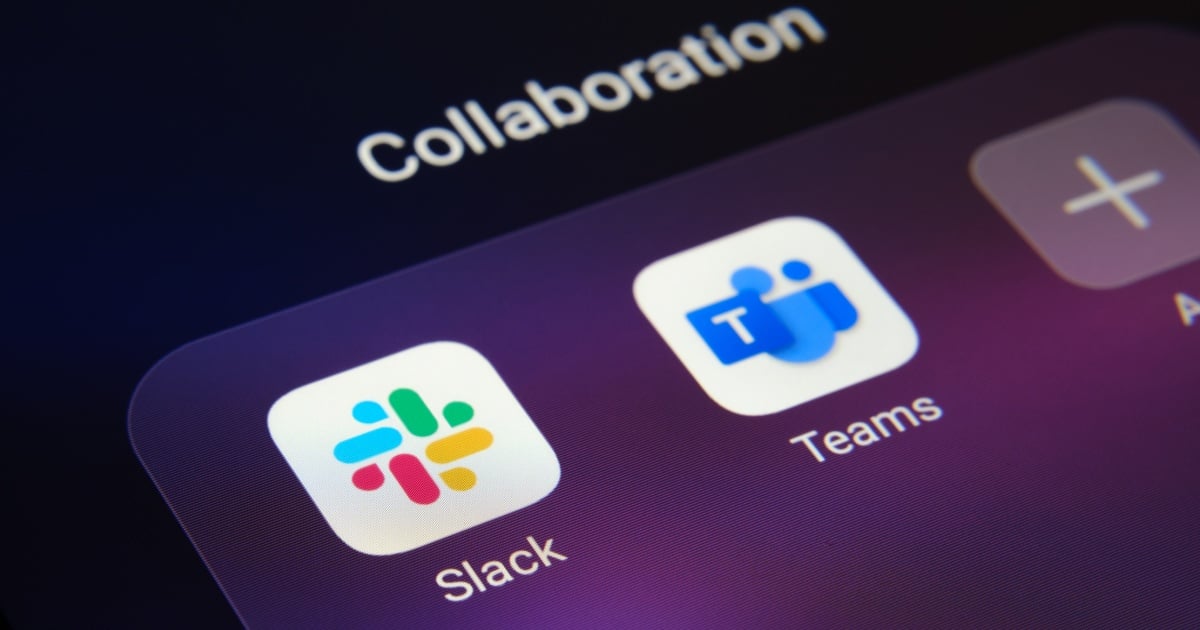Something is becoming clear. The way we experience AI probably won’t fit into the traditional framework of a web browser.
ChatGPT is the primary, if not only, AI application most of us use right now. The UI is “good enough” to ask questions and generate content, but quickly we are seeing custom-built apps emerge that offer better interfaces for these basic uses. Examples would be NotebookLM from Google or Microsoft Copilot Pages for collaboration-centric AI content creation.
In addition, the future looks like we’ll be talking to a lot of AIs. We’ll talk to ChatGPT, but also to our HR software (say “Hi!”, Winslow), our sales data, our accounting software, ticketing systems and every other application we use.
The current model has these AI conversations living inside existing web and SaaS applications. Fairly quickly it becomes cumbersome to jump between applications, find the conversational interfaces, navigate their subtle differences in UI and cut and paste between them. Imagine if every company required you to use a different web browser to access it – how much longer would the web have taken to gain momentum.
When it comes to the future of conversational AI interfaces, it might be best to ask the question “Where do we have conversations already?”. The answer is obvious: in our chat apps, email, Slack and Teams. As humans, we’ve actually gotten really good at having lots of conversations at once and the software we use to have them has gotten really good too. Why do we need a new interface to talk to AI when we’re really just having another conversation?
In the next 5 years we’re going to see email (Gmail and Outlook), Slack, Teams and a few chat apps like WhatsApp feel more like AI browsers than chat apps. We’ll go to these apps not only to talk to our friends and colleagues but knowingly to talk to AI agents we engage with.
It makes sense if I’m using Teams all day and have a quick question for an HR agent to just DM the agent inside of Teams. If i’m interacting with an AI sales agent as the buyer, i’m already really having a conversation with them in email. It’s easy to envision our kids having AI math tutors or guidance counselors they talk to in WhatsApp.
To fully support this future, chat apps are going to have to bridge the gap between what can be developed in a browser (any UI you want) and the limited amount of affordances they have now. Conversations with AI agents will usher in a whole new way of working when the AI can send you small bits of UI to make engaging with it easier (such as generating a dynamic form of all the data needed to add a dependent to your insurance). Over time we’ll find ourselves spending more time talking to software than clicking on it.
This puts some interesting players in pole position in the AI race. Salesforce’s investment in Slack might turn out to be more valuable than ever perceived. Teams, which is already a juggernaut, might be able to engage more users in AI use cases than employees using AI directly.
These applications have a lot of work to do to prepare for this future. Building and deploying apps to them is complicated and their app store policies and procedures can feel like wading through molasses. Developing common standards across these systems for dynamic UI and API authentication could unlock massive amounts of innovative applications.
For now, HR managers should think about what low hanging fruit they can offer to their employees to start using AI. Can you take your employee handbook and drop it into a product like Winslow and see what your employees ask in Slack or Teams. If you believe in a future where we talk to software more than we click on it, this is the first step in an important conversation.
We’d love to help you get started. Click here to book a demo of Winslow’s conversational HR platform.



